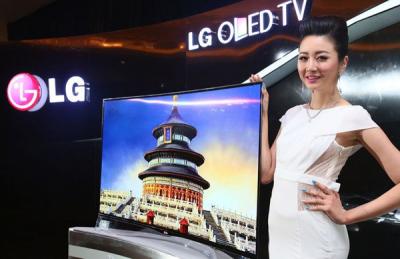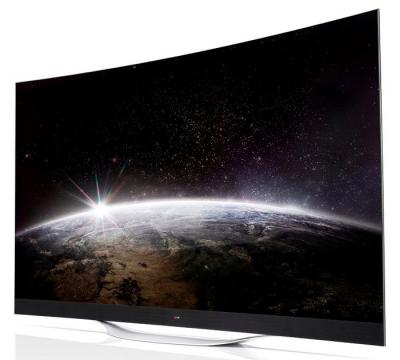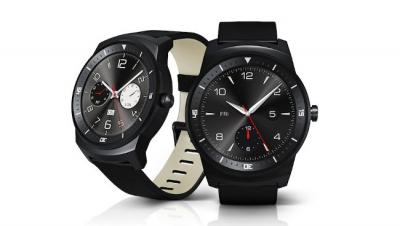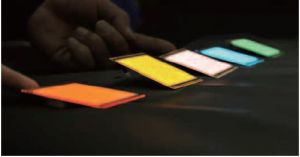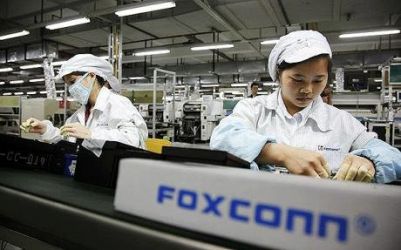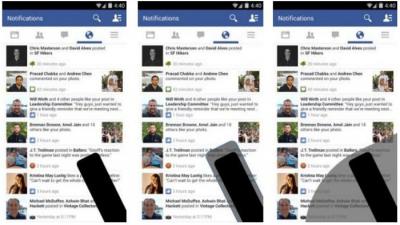Nanomarkets sees over a million OLED lighting panels shipped in 2019 for the automotive sector
Nanomarkets released a new report that covers the opportunity for OLED lighting in the automotive sector (OLED Automotive Lighting - 2014). Nanomarkets forecasts that this market will be significant for OLED lighting makers, and in 2019 almost a million OLED panels will ship for automobiles (over 150,000 luminaires).

In terms of panel revenue, the market will remain very small - a few million dollars in the next couple of years, $9 million by 2017 and about $68 million in 2021. Luminaries revenue will be higher of course: $20 million by 2017 and $135 million by 2021.


